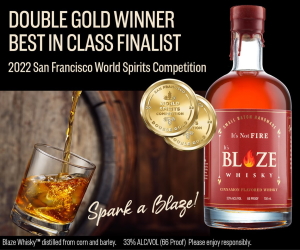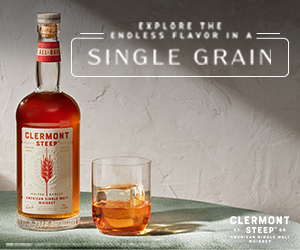
By Peter Berdon, Esq.
I recently received an advertising mailer from a large retailer. It was professionally prepared, with lots of color photos and all the hype of a good political campaign piece. But it made me wonder, does the mailer comply with the law?
While the Federal Alcohol Administration Act vests the Alcohol and Tobacco Tax Trade Bureau with jurisdiction over advertising by manufacturers, suppliers and wholesalers, the states have primary jurisdiction over advertising by retailers.
The Connecticut General Statues contain two brief prohibitions on advertising. The first is that no electric or neon sign advertising any registered brand shall be on the outside of the permit premises. The second prohibits any advertising that might deceive a customer as to the nature, quality or quantity of the
beverage alcohol.
The statute also authorizes the Department of Consumer Protection to adopt regulations to enforce these provisions. The regulations are very detailed. Like the Federal regulations, Section 30-6-A30 of the Connecticut Regulations set forth certain mandatory statements which must be included in any advertisement. They include:
- The name and address of the industry member; however the street name and number may be omitted in the address.
- A statement of the class and type of the product.
- For all alcohol other than beer or wine, the alcoholic content.
- For all alcohol, other than beer or wine produced, if
neutral spirits are used, the percentage of neutral spirits
and the commodity from which such neutral spirits have been distilled; - In the case of neutral spirits or of gin produced by continuous distillation, a statement of the commodity from which such neutral spirits or gin were distilled;
- Where an advertisement does not mention a specific product but only refers to a class of alcoholic liquor, other than beer or wine, the only mandatory information is the name and address of the responsible advertiser.
Advertisements by retailers that only refer to the availability of alcoholic liquor and do not specifically mention an alcohol brand do not have to comply with the mandatory statements.
The mandatory statements required by the Regulations must be conspicuous and readily legible. The regulations further specify the mandatory statement shall:
- Be stated against a contrasting background and in at least 8 point type;
- appear to be a part of the advertisement;
- Clearly indicate the particular products to which it applies; and
- Not be concealed in unrequired designs.
The Regulations go on, in Section 30-6-A31a, to set forth certain restrictions. The Regulation prohibits:
- Any statement that is false or misleading or in violation of the Connecticut Unfair Trade Practices Act;
- Any statement that is disparaging of a competitor’s products;
- Any statement, design, device or representation that is obscene or indecent;
- Any statement, picture or illustration referring to Easter, Holy Week, Mother’s Day or “Santa Claus,” or any reference to or depiction of any biblical character; however, reference to the Christmas holiday season is permitted if such reference does not include statements, pictures or illustrations on strictly religious themes;
- Any statement, picture or illustration implying that the consumption of alcoholic liquor enhances athletic prowess, or any statement, picture or illustration referring to any known athlete, if such statement, picture or illustration implies, or if the reader may reasonably infer, that the use
of alcoholic liquor contributed to such known athlete’s athletic achievements; - Any scene in which is portrayed a child or objects, such as toys, suggestive of the presence of a child or which in any manner portrays the likeness of a child or contains the use of figures or symbols customarily associated with children;
- Any offer of a prize or award to a consumer upon the completion of any contest in which there is a requirement to purchase the advertised product; provided no advertisement for alcoholic liquor shall promote a game of chance or a lottery; or
- With regard to any advertisement for wine, any statement, design, device or representation that relates to alcoholic content or tends to create the impression
that a wine is either “unfortified” or “fortified,” or has intoxicating qualities, or contains spirits.
The Regulation further prohibits any cooperative advertising as between a producer, manufacturer, bottler, importer or wholesaler and a retailer of alcoholic liquor.
The foregoing is intended as general information only and not as legal advice. Contact an attorney to get advice about your particular circumstances.
Peter A. Berdon: Attorney Berdon, a partner with Berdon, Young & Margolis, PC, has represented wholesalers, manufacturers, package stores, restaurants and bars before the State of Connecticut DCP and the Federal TTB as well as in litigation matters in court since being admitted to practice in 1991. He can be reached at peter.berdon@bymlaw.com or www.bymlaw.com












